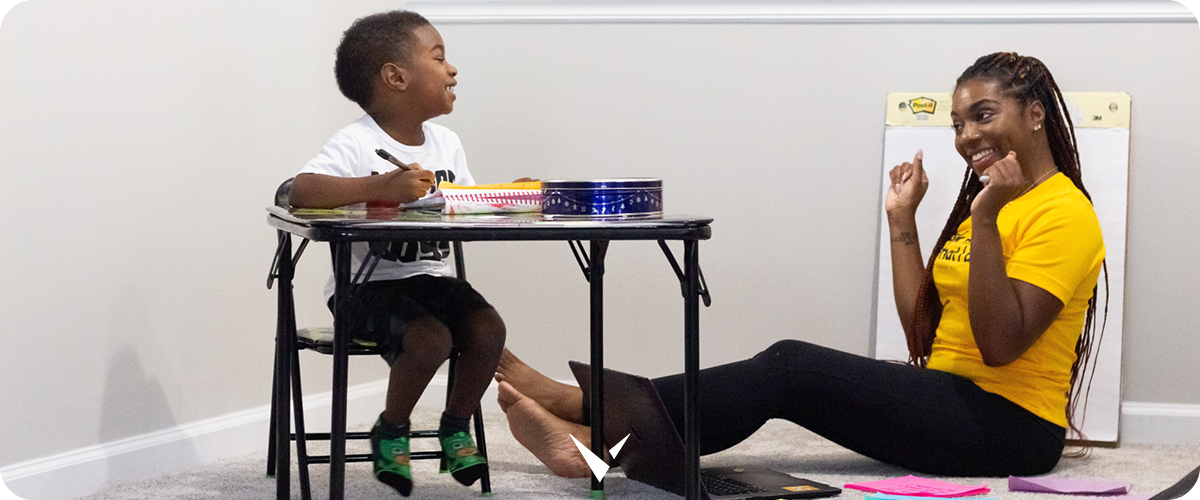
This post is part of a four-part series connected to an industry report looking at “Using technology in the classroom to better engage students” where 760 teachers shared insights into their challenges. You can read the full report at the end of this post.
While there were, literally, hundreds of ways in which teachers said they inspired their students, the concept of voice and choice seemed to resonate with many.
There was widespread mention of giving students choice in the classroom—both in selecting activities and in deciding the best medium through which to deliver their work. One teacher said their students were given the option to respond in “… whatever method they believe best showcases what they have learned.”
In terms of voice, teachers were clear that active participation in classes was something they strived to achieve. “I want them to be active in their education and to be problem-solvers and thinkers, not just passive consumers,” said another teacher.
Participation was mentioned by many in a number of guises—whether group work, class discussions, or inquiry-based learning. They talked of giving students projects, problems, or scenarios that require them to answer plenty of questions to find out the information they need. Teachers even talked about using the movement of students around the classroom as a way to enhance interaction and participation and inspire engagement.
The importance teachers place on building relationships and developing trust was clear. They use their knowledge of each individual to try and personalize learning. Some said that sharing personal stories was a good way of relating content to the real world, demonstrating understanding and encouraging participation.
Many drew a link between inspiring students and making learning fun. Hands-on learning, participation, and gamification were listed as popular go-to options and teachers gave plenty of examples of how they related these experiences to the real world. One teacher described it as “… making connections between students’ learning and their daily lives.”
Besides injecting humor, songs, dance, and movement into lessons, teachers were also very clear about the role technology played in inspiring students and making lessons fun. They listed plenty of programs and applications that they used on a regular basis to bring presentations to life, gamify learning, poll and test their students.
It’s worth noting that not all teachers said they set out to specifically make learning fun. Some said their aim was to make learning relevant and interesting. Others said they wanted students to see them making mistakes so they knew it was okay to make them too.
Read the “Using technology in the classroom to better engage students” report.



